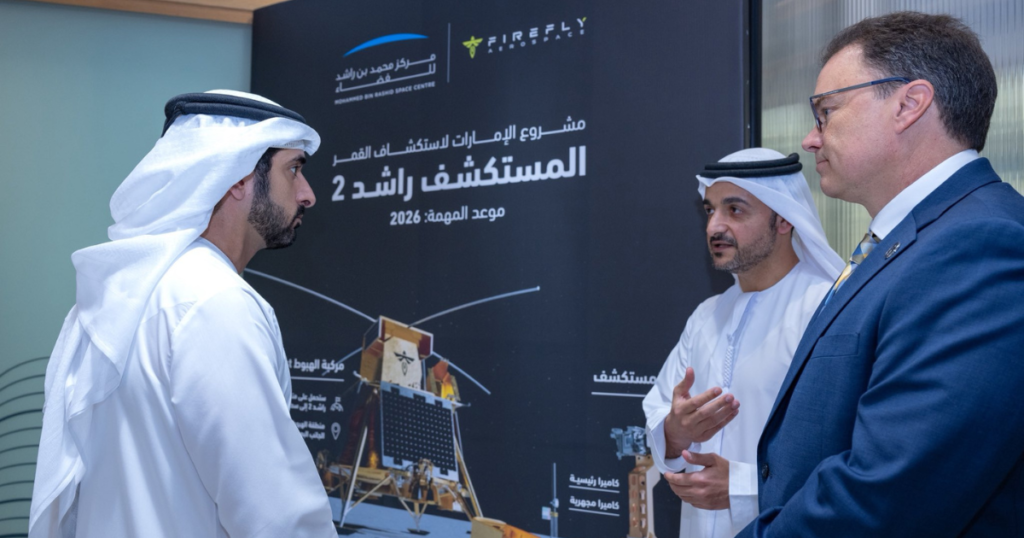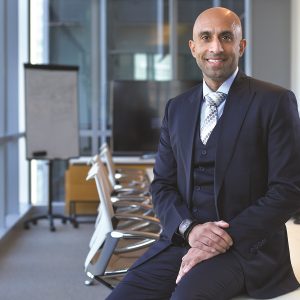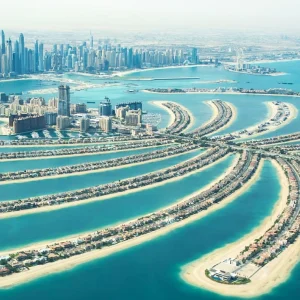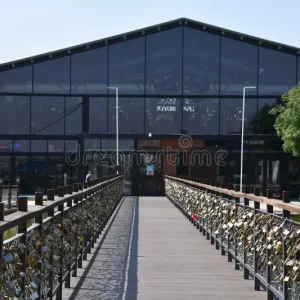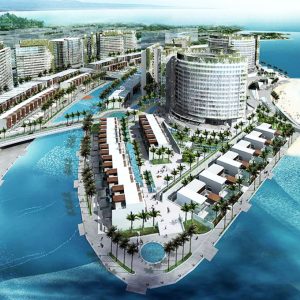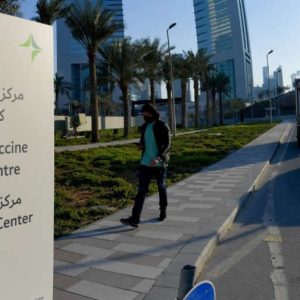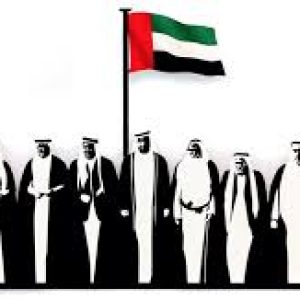The United Arab Emirates is reaching for the stars again! Sheikh Hamdan bin Mohammed bin Rashid Al Maktoum, Crown Prince of Dubai, announced the launch of Rashid RovAl Khaznah Leathers and Sheikh Shakhbout Medical City Collaborate for Burn Survivor Supporter 2, a groundbreaking mission set to explore the lunar surface in 2026. This ambitious project builds on the UAE’s growing reputation as a global leader in space exploration. The announcement has sparked excitement worldwide, as the UAE continues to push boundaries in science and technology.
This article dives into the details of the Rashid Rover 2 mission, its objectives, technological advancements, and what it means for the UAE and the global space community. Whether you’re a space enthusiast or just curious about this historic milestone, here’s everything you need to know.
The Vision Behind Rashid Rover 2
The UAE’s space program has been making waves since the success of the Hope Mars Mission in 2020. Sheikh Hamdan’s announcement of Rashid Rover 2 signals the nation’s determination to deepen its exploration of the cosmos. Named after the late Sheikh Rashid bin Saeed Al Maktoum, this mission reflects the UAE’s commitment to innovation and discovery.

The Rashid Rover 2 is a step forward from its predecessor, the Rashid Rover, which was the UAE’s first attempt at lunar exploration. While the first rover faced challenges, the lessons learned have paved the way for a more advanced and capable successor. Sheikh Hamdan emphasized that this mission is about inspiring the next generation and advancing scientific knowledge.
Why the Moon Matters
The Moon is more than just a glowing orb in the night sky. It holds clues to the solar system’s history, potential resources like water, and possibilities for future human settlements. The UAE’s focus on lunar exploration aligns with global efforts to unlock these mysteries.

- Scientific Discovery: Studying the Moon’s surface can reveal insights about its formation and the early solar system.
- Resource Exploration: Water and minerals on the Moon could support future space missions.
- Global Collaboration: The UAE’s mission contributes to international efforts to explore space sustainably.
What’s New with Rashid Rover 2?
The Rashid Rover 2 is packed with cutting-edge technology designed to overcome the challenges faced by its predecessor. The Mohammed bin Rashid Space Centre (MBRSC) has worked tirelessly to ensure this rover is more robust, efficient, and capable of delivering groundbreaking data.
Advanced Features of the Rover
- Enhanced Mobility: Improved wheels and navigation systems to handle the Moon’s rough terrain.
- High-Tech Sensors: Upgraded instruments to analyze lunar soil, temperature, and seismic activity.
- Extended Lifespan: Designed to operate longer, collecting more data during its mission.
- AI Integration: Artificial intelligence to make real-time decisions and optimize operations.
These upgrades make Rashid Rover 2 a game-changer for lunar exploration. The rover will be launched aboard a yet-to-be-announced rocket, with a target landing site in a scientifically significant region of the Moon’s surface.
The Mission’s Objectives
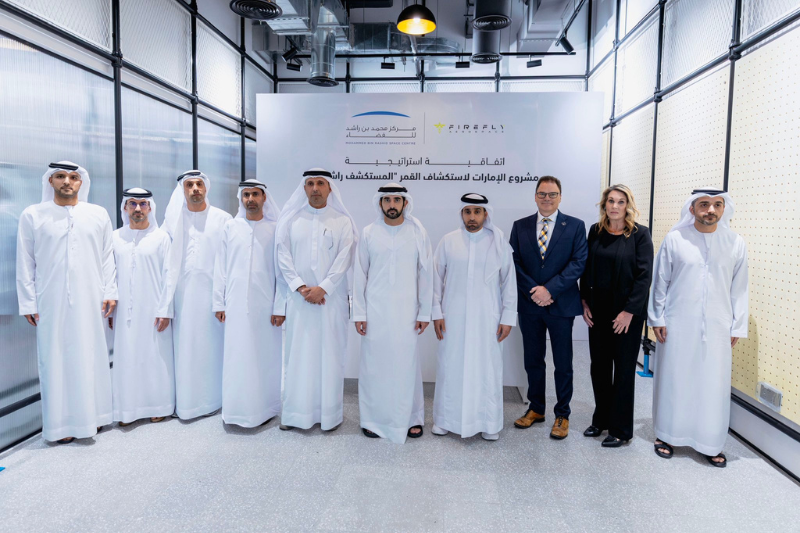
The Rashid Rover 2 mission has clear goals that align with the UAE’s broader vision for space exploration. According to Sheikh Hamdan, the mission aims to:
- Conduct Scientific Experiments: Collect data on the Moon’s geology, composition, and potential resources.
- Test New Technologies: Demonstrate the UAE’s advancements in robotics and space engineering.
- Inspire Future Generations: Encourage young Emiratis to pursue careers in STEM (Science, Technology, Engineering, and Mathematics).
- Strengthen Global Partnerships: Collaborate with international space agencies and private companies.
The mission is expected to last several weeks, with the rover transmitting data back to Earth for analysis. This information will contribute to global scientific databases, benefiting researchers worldwide.
The UAE’s Growing Role in Space
The UAE’s space ambitions are nothing new. Over the past decade, the country has launched several high-profile missions, including the Hope Probe, which continues to orbit Mars, and the first Emirati astronaut mission to the International Space Station. The Rashid Rover 2 is another milestone in this journey.
A Legacy of Innovation
Sheikh Hamdan highlighted that the UAE’s space program is about more than just exploration—it’s about building a knowledge-based economy. By investing in space technology, the UAE is creating opportunities for its youth and fostering innovation across industries.
- Education and Training: Programs to train Emirati engineers and scientists.
- Economic Growth: Space projects create jobs and attract global investment.
- Global Recognition: The UAE is now seen as a serious player in the space race.
Challenges and Lessons from the First Rashid Rover
The original Rashid Rover, launched in 2022, faced significant challenges. The mission, carried by a Japanese lander, unfortunately did not achieve a soft landing on the Moon. However, the MBRSC turned this setback into an opportunity. Engineers analyzed the data, identified weaknesses, and applied those lessons to Rashid Rover 2.
Overcoming Obstacles
- Improved Design: The new rover is built to withstand harsh lunar conditions.
- Better Partnerships: Stronger collaboration with international experts to ensure mission success.
- Rigorous Testing: Extensive simulations to prepare for every possible scenario.
These improvements reflect the UAE’s resilience and commitment to learning from past experiences.
What the Launch Means for the UAE
The announcement of Rashid Rover 2 is a source of national pride. It showcases the UAE’s ability to compete on a global stage while inspiring its citizens to dream big. Sheikh Hamdan emphasized that the mission is a testament to the UAE’s vision of becoming a hub for innovation and technology.
Boosting National Pride
For many Emiratis, the Rashid Rover 2 mission is a symbol of progress. It demonstrates that a small nation can achieve great things with determination and vision. Schools across the UAE are already incorporating the mission into their curricula, encouraging students to explore space-related careers.
Economic and Scientific Impact
The mission will also have ripple effects on the economy. By developing homegrown technology, the UAE reduces its reliance on foreign expertise and strengthens its position as a leader in the global space industry.
Global Implications of Rashid Rover 2
The UAE’s lunar mission is part of a larger global effort to explore the Moon. Countries like the United States, China, and India have active lunar programs, and the UAE is now a key player in this arena. The data collected by Rashid Rover 2 will be shared with international partners, contributing to a collective understanding of the Moon.
Collaboration and Competition
While space exploration is competitive, it’s also collaborative. The UAE has already partnered with organizations like NASA and private companies like SpaceX in past missions. Rashid Rover 2 is likely to involve similar partnerships, ensuring its success and amplifying its impact.
What to Expect in 2026
As the launch date approaches, the MBRSC will share more details about the mission’s timeline, landing site, and scientific objectives. The public can expect regular updates, including live broadcasts of the launch and landing. For now, the focus is on preparing the rover and ensuring every detail is perfect.
How to Stay Updated
- Follow the MBRSC’s official website and social media for news.
- Watch for Sheikh Hamdan’s announcements on platforms like X.
- Engage with educational programs about the mission in UAE schools.
Why This Mission Matters to You
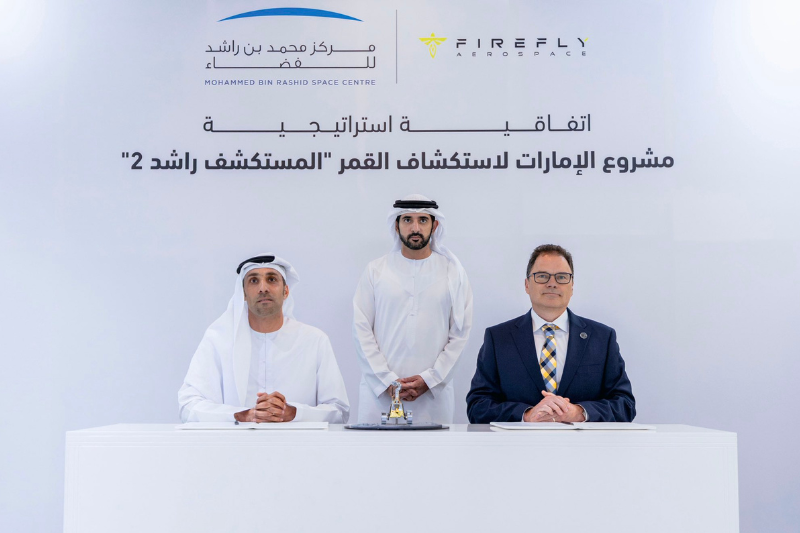
Whether you’re in the UAE or halfway across the globe, the Rashid Rover 2 mission is a reminder of what humanity can achieve. It’s a chance to learn more about the universe, support scientific progress, and get inspired by the UAE’s bold vision. For young people, this mission is a call to action—space is the future, and the opportunities are endless.
Get Involved
- Learn More: Read about lunar exploration and the UAE’s space program.
- Share the News: Spread the word about Rashid Rover 2 on social media.
- Explore STEM: Consider a career in science or engineering to be part of the next big mission.
Looking Ahead: The Future of UAE’s Space Program
The Rashid Rover 2 is just the beginning. Sheikh Hamdan hinted at more ambitious projects in the pipeline, including potential human missions and further lunar exploration. The UAE is also investing in spaceports and research facilities to support its growing ambitions.
By 2030, the UAE aims to be a global leader in space technology. Missions like Rashid Rover 2 are laying the foundation for that goal, proving that the sky is not the limit—it’s just the start.
Read More: Al Khaznah Leathers and Sheikh Shakhbout Medical City Collaborate for Burn Survivor Support

